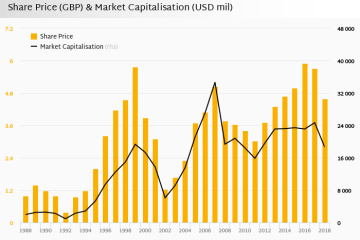The Rise and Impact of McDonald’s in the Fast Food Industry

Introduction
McDonald’s, the world-renowned fast food chain, has been a staple in the global culinary landscape since its inception in 1940. With over 38,000 locations across more than 100 countries, McDonald’s serves millions of customers each day. The importance of understanding the growth and influence of such a dominant player in the fast food industry can provide insights into consumer behaviour, food trends, and the evolving landscape of global dining.
Recent Developments
In recent months, McDonald’s has continued to innovate and adapt to the changing consumer preferences. The company reported strong financial performance in its third-quarter earnings in September 2023, with a rise in sales driven by the successful introduction of new menu items and a focus on customer experience. The chain’s collaboration with celebrity chefs and influencers has also contributed to a refreshed brand image, appealing to both younger and older customers alike.
Furthermore, the commitment of McDonald’s to sustainability has gained notable traction. The company has pledged to source all of its packaging from renewable, recycled or certified sources by 2025, demonstrating an awareness of environmental concerns among its global customer base. Initiatives aimed at reducing greenhouse gas emissions and promoting sustainable farming practices also showcase McDonald’s dedication to corporate responsibility.
Menu Diversification
Another significant trend is McDonald’s expanding menu, which now reflects greater variety and health-conscious options. The introduction of plant-based alternatives, such as the McPlant burger, has been well-received, catering to the growing demand for vegan and vegetarian choices. This move aligns with global dietary shifts and has positioned McDonald’s as a competitor in the rapidly evolving market.
Challenges Ahead
Despite its success, McDonald’s faces numerous challenges, including rising food costs and increasing competition from both fast casual dining establishments and health-centric brands. The ongoing battle for market share requires McDonald’s to continuously innovate while staying true to its core values of quality and affordability.
Conclusion
The significance of McDonald’s in the fast food industry cannot be overstated. As it continues to evolve and adapt to consumer needs, its influence on global dining and food trends remains paramount. Looking ahead, the company’s ability to balance innovation with sustainability will be critical as it navigates the complexities of a dynamic marketplace. For consumers, McDonald’s will likely continue to be a popular choice, indicative of a broader trend towards convenience and variety in meal options.








